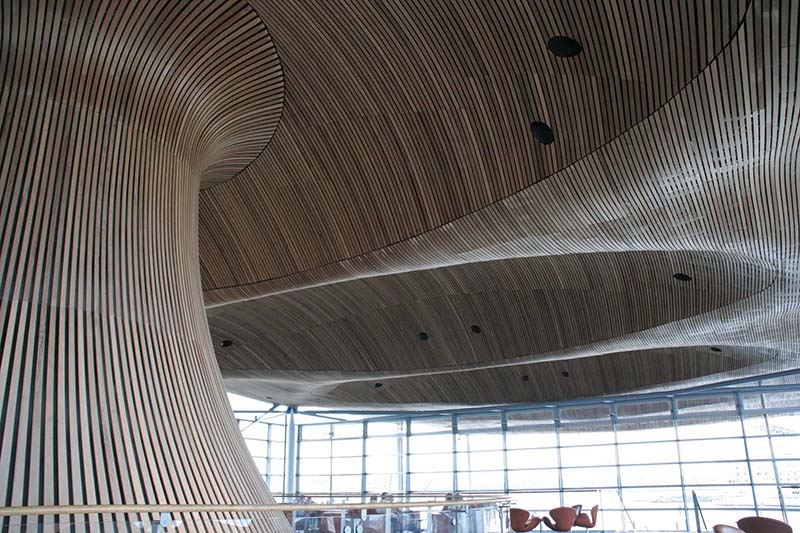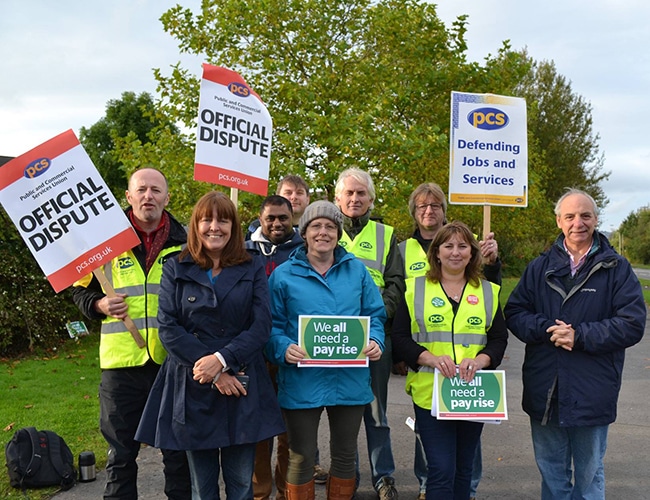- 25/11/2015
- Posted by: Mike Hedges MS
- Categories: Assembly Speeches, Uncategorized
No Comments

Mike Hedges
I believe everybody in Wales has the right to a good-quality home. I recognise that there is an acute need for more affordable homes right the way across Wales. I am pleased the Welsh Government has made it a priority to increase the supply of housing by focusing on a number of initiatives aimed at meeting its ambitious target to deliver 10,000 affordable homes in Wales during this Assembly. The most recent figures show that the Welsh Government has almost reached this ambitious target, with 9,108 completed, with another year to go. I also recognise that housing investment plays a major role as a driver in the Welsh economy, as well as in tackling poverty and improving health and wellbeing. Is it any surprise that cold and damp properties lead to poor health in both the young and the old? Is it any surprise that children who have been brought up in houses in a poor condition tend to underperform in schools?
The 2011 census highlighted two key changes over the decade since 2001, and Jocelyn Davies has highlighted part of this: a large-scale shift from council-owned social housing to housing associations, which includes stock transfers; and, more importantly, as Jocelyn Davies just said, the confirmation of the rise of privately rented housing balancing the fall in owner-occupied housing. Plasmarl in Swansea East, where I was born, is an example of housing change in the last 50 years. In the 1950s and 1960s, it was predominantly relatively cheap, privately rented accommodation, with many of the properties lacking facilities such as indoor toilets, bathrooms and central heating. These properties became owner-occupied, mainly by first-time buyers, between the late 1960s and the early 1980s, with very many benefiting from council improvement grants to provide proper kitchens, bathrooms, indoor toilets and central heating. Many of these properties are now being bought by private landlords, some of whom live hundreds of miles away, and are then rented out—a movement back to where we were in the 1950s and 60s. I don’t blame these private landlords. They can buy houses for £60,000, and they can rent them out for £500 a week. I mean, where else can you get a 10 per cent rate of return and capital growth? Is it just coincidence that growth in owner-occupation and reduction in privately rented accommodation happened at the same time as the large scale building of council housing? I don’t think it was a coincidence. The two are absolutely related.
I’m now going to highlight a housing development in Swansea East by Highgrove Homes, which is developing 300 affordable homes, including 20 for a housing association on a brownfield site near the Liberty Stadium that has been left empty for several years following the closure of Morris Bros bus company—urban regeneration, affordable housing and social housing. What a representative of the company told the First Minister and me when we visited the site was how important the Welsh Government’s Help to Buy scheme was in allowing first-time buyers to purchase houses on the site.
A number of councils, now that the right to buy has been suspended in Wales, are looking to build accommodation again. In Swansea, the first council accommodation since the 1970 is being planned to be built—mainly older people’s accommodation and smaller accommodation, but housing that is desperately needed. To me, housing is important. It is not just buildings; it is actually homes. It is good-quality homes that improve the life chances of children and reduce ill health. Each affordable new home changes someone’s life for the better. We need more affordable new homes, and I commend the Government and the action it has taken so far.

